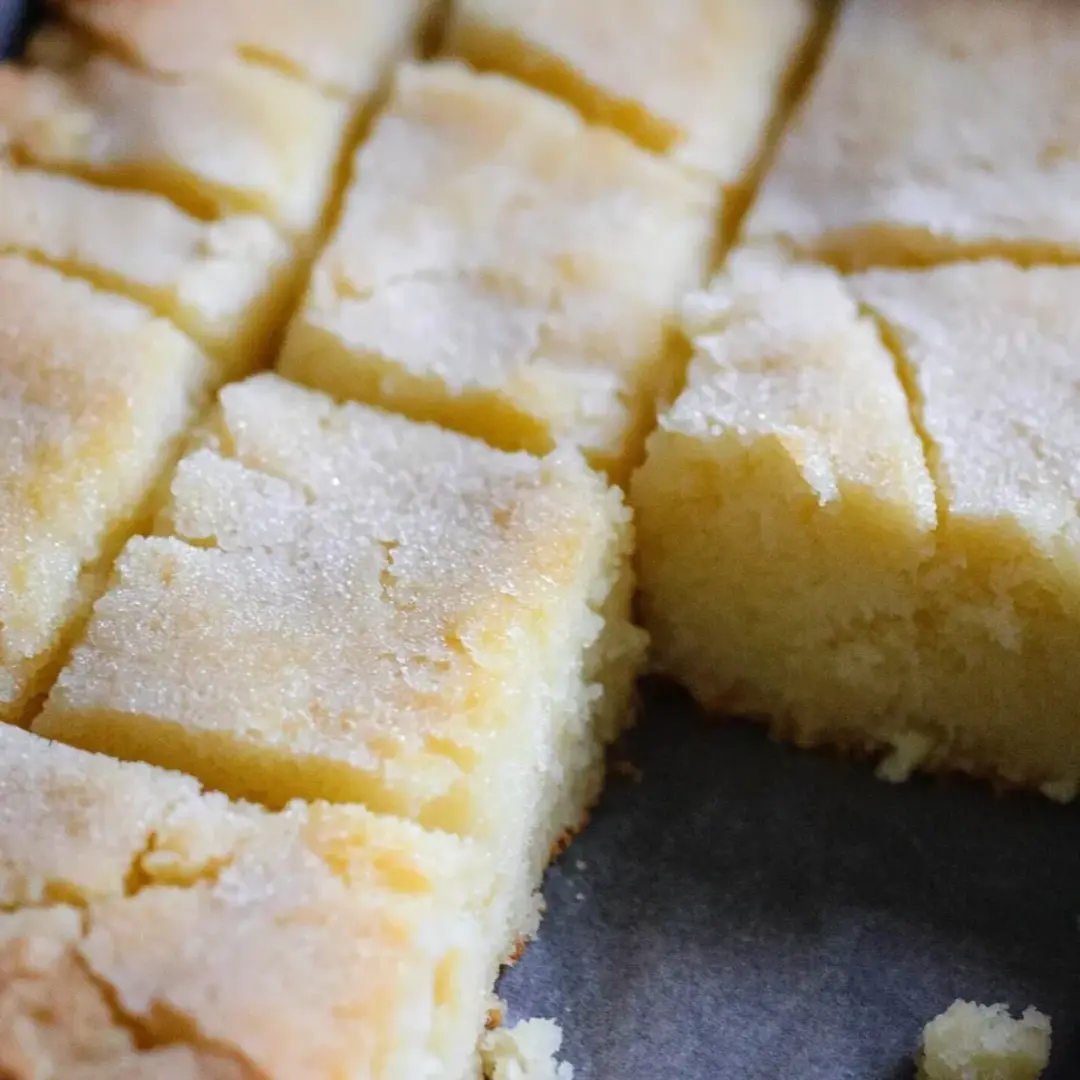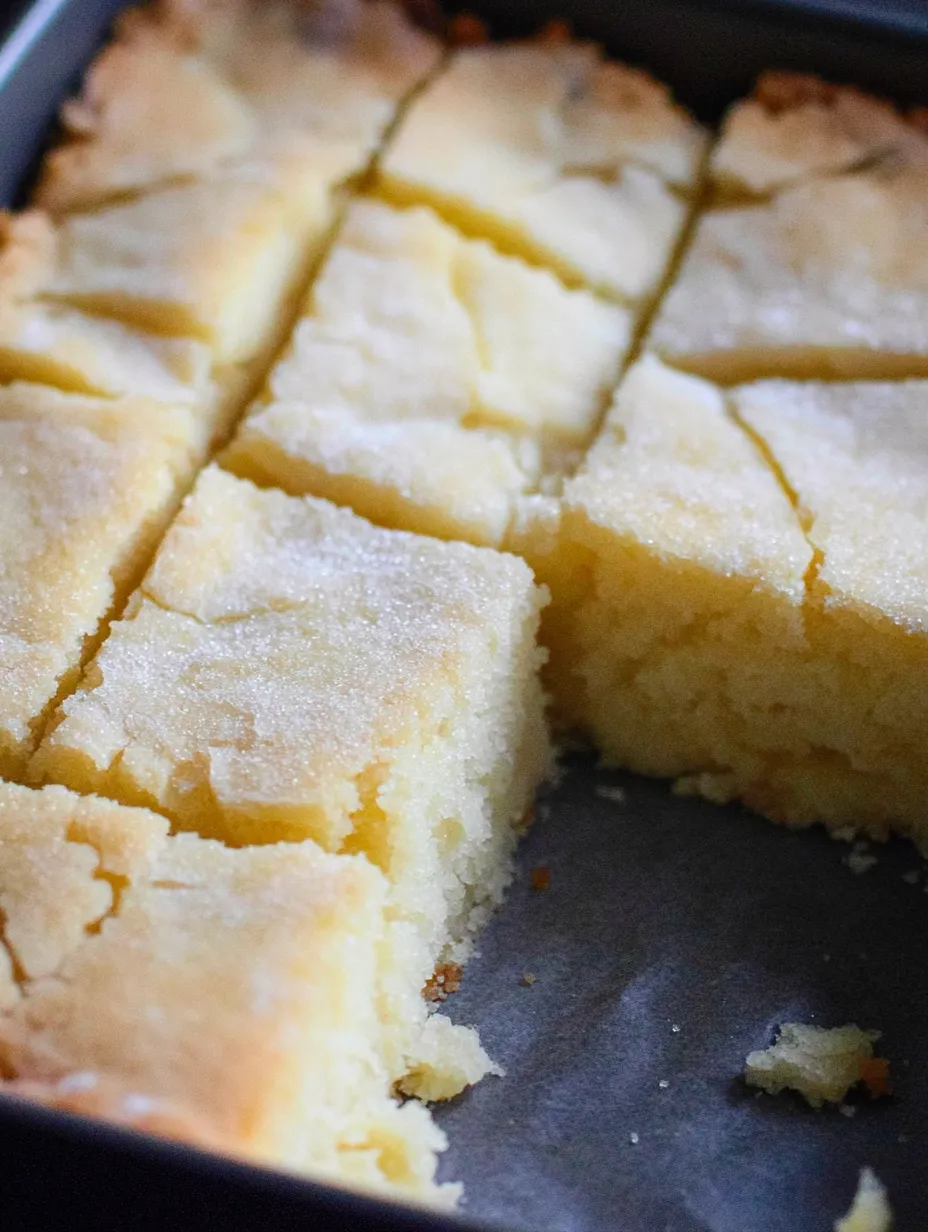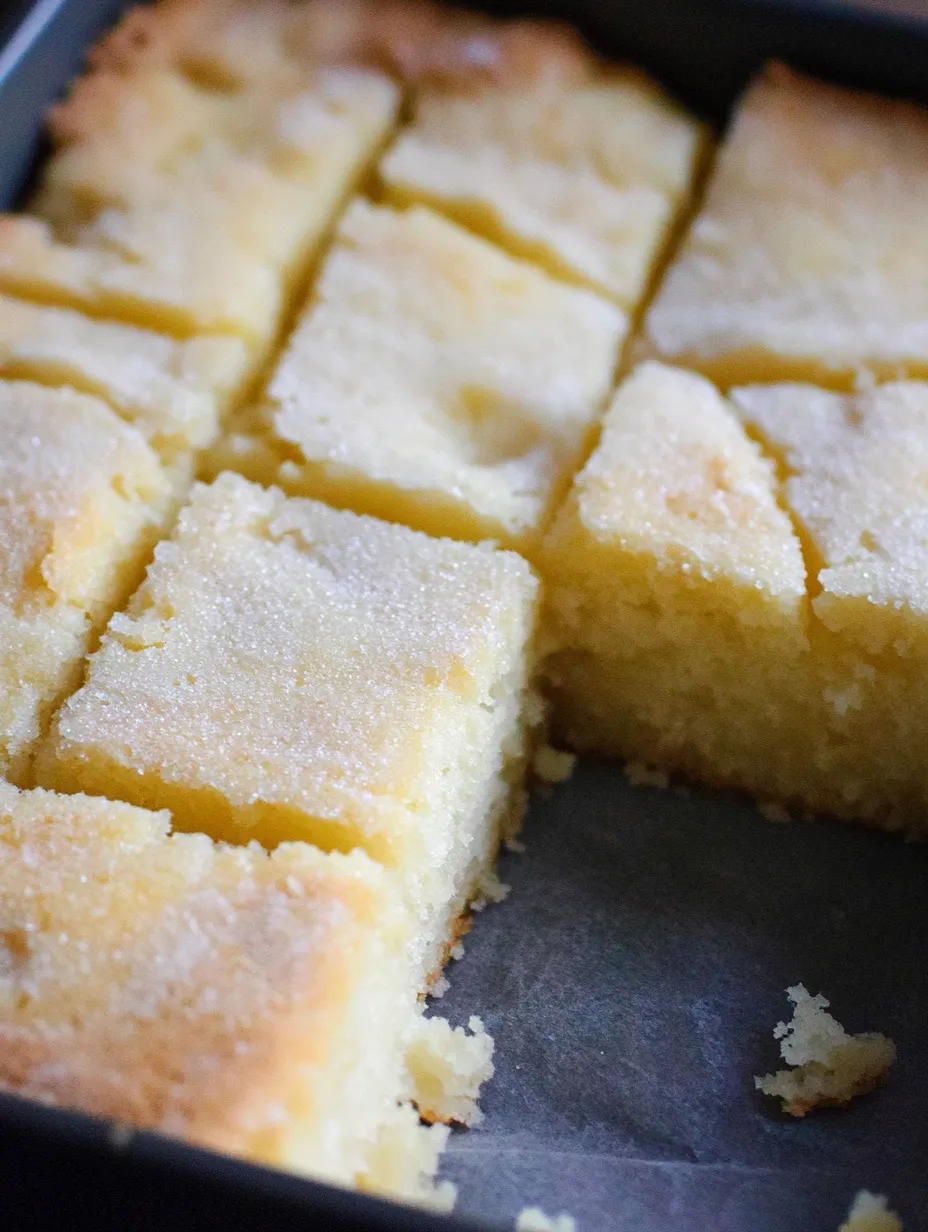 Pin it
Pin it
The buttery treasure from France's Brittany coast delivers a dense, tender crumb hiding a bright apricot filling. This simple yet elegant dessert strikes the perfect balance between rich cake and tangy fruit - neither too sweet nor too heavy, but absolutely unforgettable with each bite.
I stumbled upon this cake years ago at a small patisserie while traveling along the French coast. The baker noticed my obvious delight and shared that his grandmother's recipe had remained unchanged for generations. When I recreated it at home, my daughter declared it "fancy yet comforting" - the perfect description for this buttery delight.
Ingredients
- Butter: Use the highest quality you can find, as it's the star flavor. European-style butter adds complexity, but regular unsalted butter works beautifully too. I prefer unsalted so I can control the salt level precisely.
- Sugar: Regular granulated sugar provides the right structure and sweetness without overwhelming the butter flavor. I've tried it with raw sugar, but the molasses notes competed with the delicate butter.
- Egg yolks: These contribute to the cake's rich yellow color and dense texture. Save the whites for meringues or an egg white omelet the next morning!
- All-purpose flour: Creates the structure that holds everything together. Some traditional recipes use buckwheat flour, but I find it makes the cake too dry and crumbly.
- Dark rum: Just a tablespoon adds warm caramel notes that enhance the butter flavor. My husband couldn't identify it but noticed something was "missing" when I left it out once.
- Vanilla extract: Rounds out the flavors and adds depth to the cake. Always use pure extract rather than imitation for the best flavor.
- Dried Californian apricots: Their concentrated sweet-tart flavor creates the perfect contrast to the rich cake. Turkish apricots are milder and don't provide enough punch.
- Fresh lemon juice: Brightens the apricot filling and prevents it from tasting too sweet or flat.
 Pin it
Pin it
Step-by-Step Instructions
- Step 1:
- Prepare the apricot filling - Place 8 ounces of dried Californian apricots in a blender with 1/2 cup water. Blend until completely smooth, stopping to scrape down the sides as needed. Transfer to a small saucepan and add 1/4 cup sugar. Cook over medium heat, stirring constantly, until the mixture thickens and turns slightly darker, about 5-7 minutes. Stir in 1 tablespoon fresh lemon juice and set aside to cool completely. This filling should have the consistency of thick jam that holds its shape on a spoon. You can make this a day ahead and refrigerate if you'd like to break up the process.
- Step 2:
- Begin the cake batter - Allow 2 sticks (1 cup) of unsalted butter to soften at room temperature for about an hour. Cut into tablespoon-size pieces to speed up the process. Proper butter temperature is crucial - it should yield easily when pressed but still hold its shape.
- Step 3:
- Mix the butter and sugar - In a stand mixer fitted with the paddle attachment, combine the softened butter and 3/4 cup sugar. Beat on medium speed for exactly 3 minutes - no longer! We want some air incorporated but not too much, as that would make the cake fluffy rather than dense. Scrape down the bowl halfway through.
- Step 4:
- Add the egg yolks - With the mixer running on low, add 5 egg yolks one at a time, allowing each to incorporate fully before adding the next. The mixture will look slightly curdled at first but will come together beautifully.
- Step 5:
- Incorporate the flavorings - Beat in 1 tablespoon dark rum and 1 teaspoon vanilla extract until just combined. The aroma at this point is absolutely heavenly - rich, buttery, and subtly fragrant.
- Step 6:
- Add the flour - With the mixer on low, gradually add 2 cups all-purpose flour and 1/4 teaspoon salt. Mix just until no dry flour remains. The batter will be very thick, almost like cookie dough, and should pull away from the sides of the bowl.
- Step 7:
- Prepare the pan - Thoroughly butter an 8-inch round cake pan. Line the bottom with parchment paper and butter the parchment as well. This cake is delicate when warm, so proper preparation ensures it releases perfectly.
- Step 8:
- Begin assembly - Scoop half the batter into the prepared pan and spread evenly with an offset spatula. This takes a bit of patience as the batter is quite sticky. Slightly dampening the spatula with cold water helps tremendously.
- Step 9:
- Chill the first layer - Place the pan with the first layer of batter in the freezer for 10 minutes. This crucial step prevents the layers from mixing and creates distinct layers in the final cake.
- Step 10:
- Add the filling - Remove the pan from the freezer and carefully spread the cooled apricot filling over the chilled batter, leaving a 1/2-inch border around the edge. Return to the freezer for another 10 minutes.
- Step 11:
- Complete assembly - Spread the remaining batter over the chilled filling layer. This requires a gentle touch - I find it easiest to place dollops across the surface and then carefully connect them with the offset spatula.
- Step 12:
- Create the signature pattern - Beat 1 egg yolk with 1 teaspoon water and brush it gently over the top of the cake. Using the tines of a fork, create a crosshatch pattern by dragging it first in one direction across the cake, then in the perpendicular direction. This creates the traditional diamond pattern that identifies the cake as a true gâteau Breton.
- Step 13:
- Bake - Place the cake in a preheated 350°F oven and bake for 45-50 minutes until the top is deeply golden and a toothpick inserted near the edge comes out clean. The center should still feel slightly soft but not liquid.
- Step 14:
- Cool completely - Allow the cake to cool in the pan for 20 minutes, then carefully remove it to a wire rack to cool completely before slicing. This waiting period allows the structure to set properly.
The Magic Behind the Texture
What makes this cake truly special is its unique texture - dense yet somehow still tender. This comes from the careful balance of butter to flour and the limited mixing time. When people first taste it, they often pause, trying to categorize it. Is it a cake? A cookie? Something entirely different? The truth is it exists beautifully in between, with a tight crumb that offers just enough resistance when bitten into, then melts in your mouth.
Understanding the Filling
The secret to a perfect gâteau Breton filling is finding that ideal balance between brightness and stability. Store-bought jams typically don't work well - they're either too sweet or too runny to maintain their integrity during baking. By creating our own apricot filling from dried fruits, we control both the flavor intensity and the consistency. The concentrated flavor of dried Californian apricots delivers that perfect punch of sweet-tart flavor that cuts through the richness of the butter.
Regional Variations
While exploring this recipe, I discovered fascinating regional differences throughout Brittany. Some bakers include a touch of sea salt harvested from the region's famous salt flats. Others incorporate buckwheat flour, a nod to the days when wheat flour was scarce in the region. In coastal areas, some bakers add a hint of salted caramel, another Breton specialty. Each variation tells a story about the region's culinary history.
My mother-in-law, who normally avoids sweets, requested this cake for her birthday last year. She said what she loved most was how the tanginess of the apricots balanced the richness, making it possible to enjoy a proper slice without feeling overwhelmed. Now I keep dried apricots in my pantry at all times, just in case a gâteau Breton emergency strikes!
 Pin it
Pin it
Serving Suggestions
While purists enjoy this cake unadorned with afternoon tea, I've found several serving styles that complement it beautifully. A small dollop of lightly sweetened crème fraîche adds a tangy counterpoint to the rich cake. For dinner parties, a thin slice alongside a scoop of vanilla bean ice cream and a drizzle of warm honey creates an elegant dessert. During apple season, I sometimes serve it with a spoonful of spiced apple compote.
Perfect Pairings
The buttery richness of this cake pairs wonderfully with beverages that offer contrasting notes. A cup of strong black coffee provides the perfect bitter counterpoint. Alternatively, a glass of Muscadet wine from the Loire Valley (near Brittany) offers crisp acidity that refreshes the palate between bites. For a non-alcoholic option, a sparkling apple cider evokes the apple orchards of northern France.
I've baked this gâteau Breton for family gatherings, gifted it to neighbors, and even shipped it across the country to homesick friends. Its sturdy texture means it travels well, and the way people's eyes light up when they taste that first buttery, fruity bite makes it worth every minute spent in the kitchen. There's something magical about recreating this little piece of Brittany at home, connecting us to traditions that have brought joy for generations.
Frequently Asked Questions
- → Can I use all-purpose flour instead of cake flour?
- Yes, you can substitute all-purpose flour, but the texture won't be quite as tender. For a closer result, replace 2 tablespoons of each cup with cornstarch.
- → Why do the eggs need to be at room temperature?
- Room temperature eggs blend more evenly into the batter and help create a lighter texture in the finished cake.
- → Can I add fruit to this cake?
- Absolutely! Fold in 1 cup of fresh berries or sliced peaches into the batter before baking for a delicious variation.
- → How do I know when the cake is done?
- Insert a toothpick into the center - it should come out clean or with a few moist crumbs, but no wet batter.
- → Can I freeze this butter cake?
- Yes, wrap it tightly in plastic wrap and then foil. Freeze for up to 3 months and thaw at room temperature before serving.
